How Mobile Apps Are Helping Kolkata Businesses Grow Faster
For years, a strong website was enough. Today? Your customers, your staff, and even your vendors are living their lives…
Mobile apps are no longer just a nice-to-have; it’s a fundamental part of a successful business strategy. Whether you’re a startup founder with a groundbreaking idea or an established business owner looking to digitize your services, the question that quickly takes center stage is, “How much will this cost?”
The truth is, there’s no single, fixed price for mobile app development. It’s a complex equation with many variables. Just like building a house, the final price depends on the size, complexity, materials used, and the team you hire.
This complete guide will break down the true costs of mobile app development in 2025, helping you plan your budget wisely and make informed decisions.
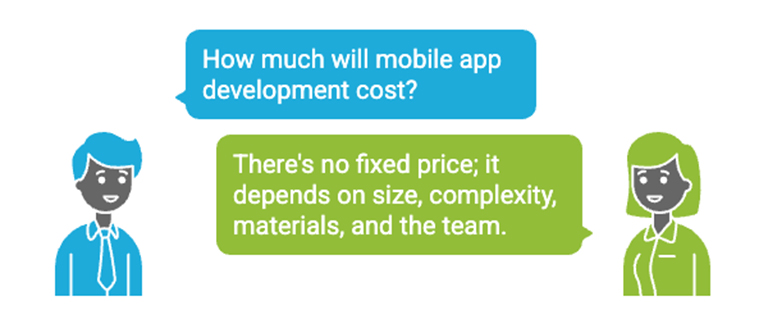
Understanding the cost of an app means looking under the hood. The final price is a sum of various factors, each contributing to the total effort and resources required.
This is the single biggest determinant of cost. A simple app with basic functionalities will be far less expensive than a complex, feature-rich application.
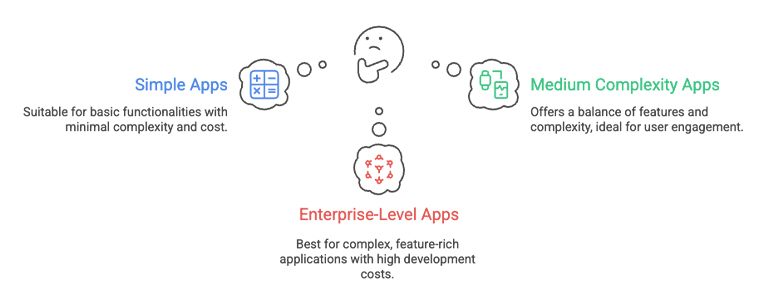
A beautiful, intuitive, and seamless user experience (UI/UX) is crucial for an app’s success. The cost here depends on the design’s complexity.

Your choice of platform and technology stack has a direct impact on development costs.

The “backend” is the server-side infrastructure that powers your app. It handles data storage, user authentication, and business logic.
Connecting your app to third-party services like payment gateways (Stripe, PayPal), social media APIs, or mapping services (Google Maps) adds functionality but also costs. Each integration requires development effort to ensure a seamless and secure connection.
Don’t underestimate the importance of security and testing.
The final cost of your app is also heavily influenced by where the development team is located. Hourly rates for developers vary significantly across the globe.
| App Complexity | Estimated Cost (USD) | Development Time |
| Simple App | $15,000 – $40,000 | 2 – 4 months |
| Medium-Complexity App | $60,000 – $150,000 | 4 – 8 months |
| Enterprise-Level App | $150,000+ | 8+ months |
These are general ranges. An app with custom AI features or a very complex UI could easily exceed the top end of these ranges.
India has emerged as a global hub for mobile app development, offering top-tier talent at a fraction of the cost found in North America or Western Europe. This makes it an ideal destination for startups and businesses looking to maximize their budget without compromising on quality.
| App Complexity | Estimated Cost (USD) in India | Development Time |
| Simple App | $10,000 – $35,000 | 2 – 4 months |
| Medium-Complexity App | $40,000 – $90,000 | 4 – 8 months |
| Enterprise-Level App | $100,000+ | 8+ months |
The significant cost difference is primarily due to lower operational costs and a competitive talent pool, allowing you to get more value for your investment.
Many people focus only on the initial development cost, but that’s just the beginning. Successful app ownership comes with ongoing, post-launch expenses.
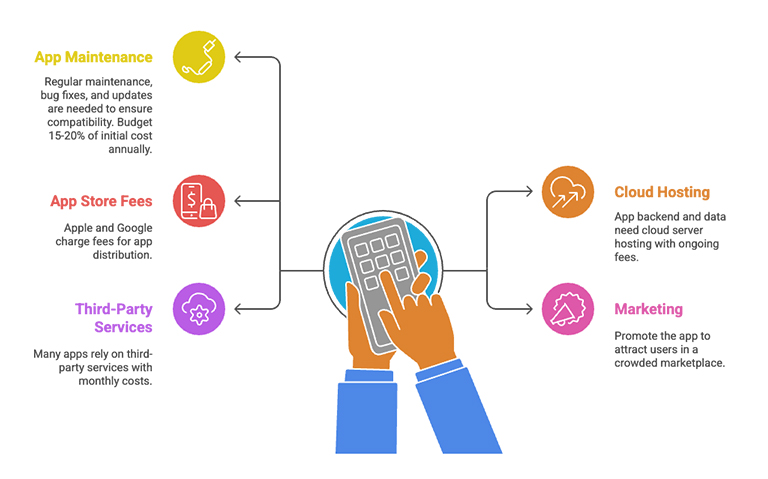
While you should never compromise on quality, there are smart ways to manage and reduce your app development budget.
An MVP is the most effective way to test your idea without a massive initial investment. It’s a version of your app with just enough features to be functional and usable by early adopters. An MVP allows you to gather real-world user feedback, validate your concept, and then build on a solid foundation. This approach prevents you from overbuilding features that users might not even want, saving both time and money.
Before any code is written, a detailed wireframe and project scope document are essential. This process helps you visualize the app’s flow and prioritize features based on your business goals. By defining what is truly essential for the first version, you can eliminate unnecessary complexity and scope creep, a common cause of budget overruns.
Outsourcing your app development to a trusted company, especially in a cost-effective location like India, is a strategic move. A good agency provides a full-stack team of experts—UI/UX designers, backend developers, QA testers, and project managers—so you don’t have to hire and manage them individually. This model is often more efficient and cost-effective than building an in-house team.
As mentioned earlier, opting for a cross-platform framework like Flutter or React Native can drastically reduce development costs. These technologies allow a single team to build an app for both iOS and Android simultaneously, cutting down on development time, effort, and maintenance.

Navigating the complexities and costs of app development requires an experienced partner. This is where a company like Ndimension Labs shines. They don’t just build apps; they craft strategic, cost-effective, and scalable mobile solutions tailored to your business needs.
Ndimension Labs understands the full lifecycle of a mobile app, from a rough idea to a live product in the hands of users. Their expertise in:
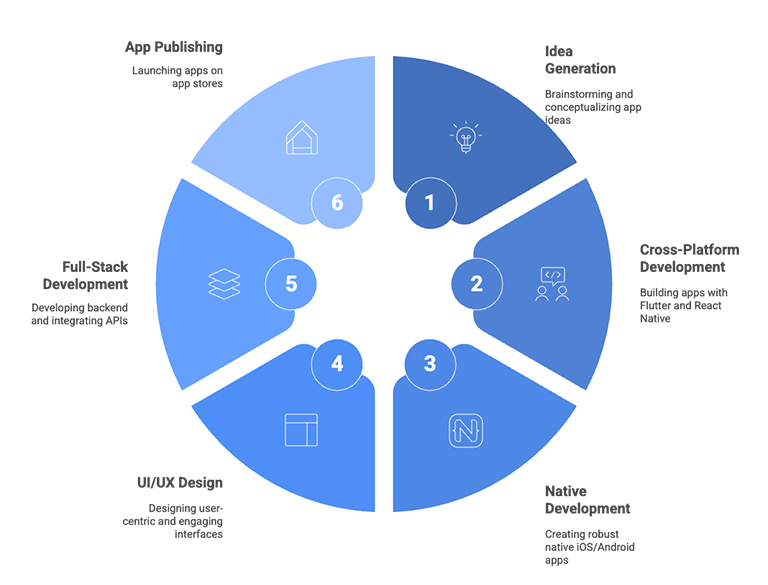
By partnering with Ndimension Labs, you get a transparent cost structure, a team of dedicated experts, and a process designed to deliver a high-quality product that aligns with your budget and business goals.
The cost of developing a mobile app in 2025 is a result of a careful balance between your vision, your budget, and the technical requirements of your project.
While the price can range from a few thousand to hundreds of thousands of dollars, a strategic approach—starting with an MVP, prioritizing features, and partnering with a reliable development agency like Ndimension Labs—can make your dream of a successful app a reality without breaking the bank.
By planning wisely and anticipating the full scope of costs, you can build a future-ready app that drives growth and delivers immense value to your business.
In 2025, the cost to develop a mobile app in India can range from $10,000 for a simple app to over $100,000 for a complex, enterprise-level application. The exact price depends on the app’s features, design, and the technology used.
Yes, in most cases, Flutter is significantly cheaper than native app development. Since a single codebase can be used for both iOS and Android, it reduces development time and effort by an estimated 30-40%, leading to substantial cost savings.
The cheapest way to build a mobile app is by creating a Minimum Viable Product (MVP) with a limited set of core features. Using cross-platform technologies like Flutter or React Native and outsourcing the project to a cost-effective region like India can further reduce expenses without sacrificing quality.
The timeline for mobile app development in 2025 varies based on complexity:
These estimates include all stages, from discovery and design to development, testing, and deployment.
Beyond the initial development cost, you should budget for hidden costs such as:
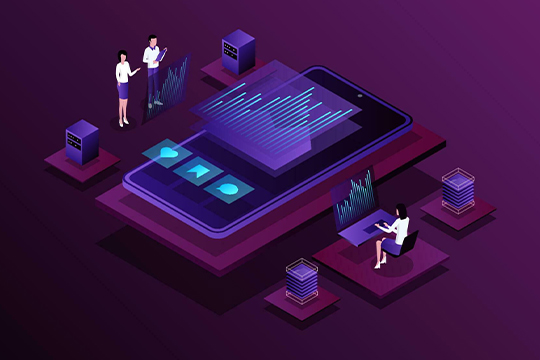
For years, a strong website was enough. Today? Your customers, your staff, and even your vendors are living their lives…

Building a High-Performing Hotel Booking Mobile App The days of relying solely on front-desk calls or travel agents for bookings…
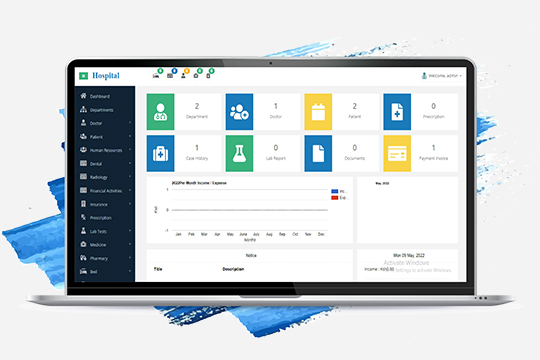
The Rise of Digital Healthcare: Transforming the Patient Journey The relationship between patients and healthcare providers is undergoing a rapid,…